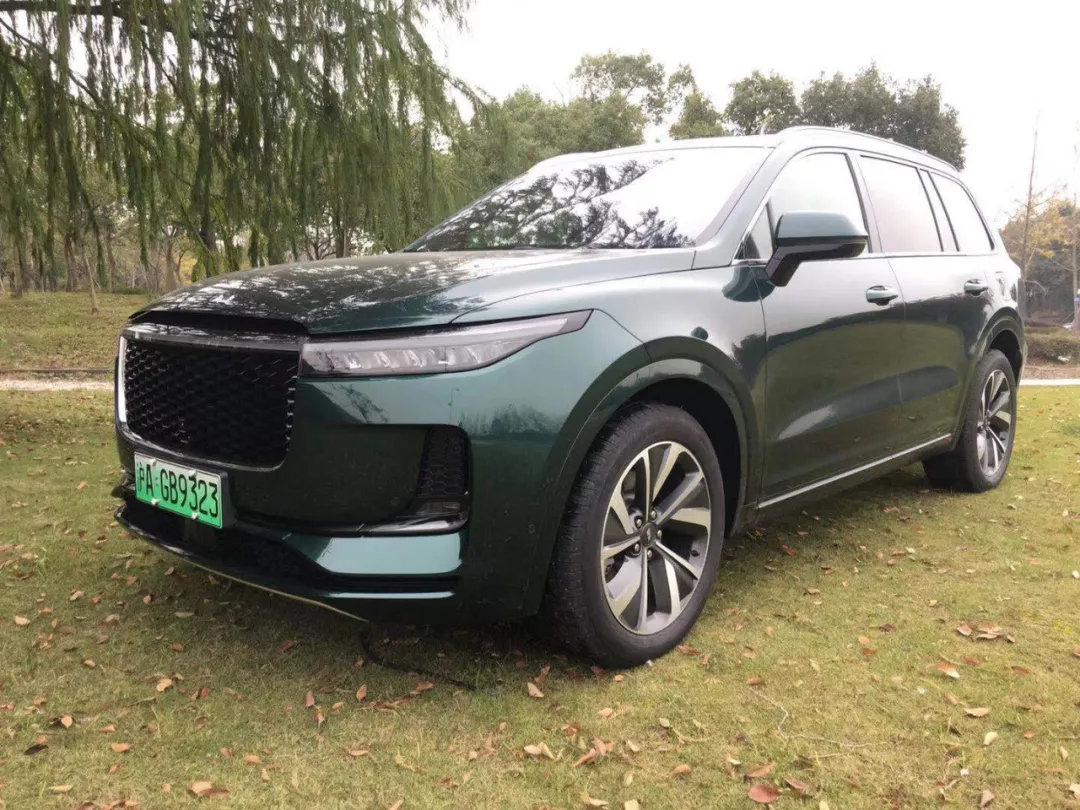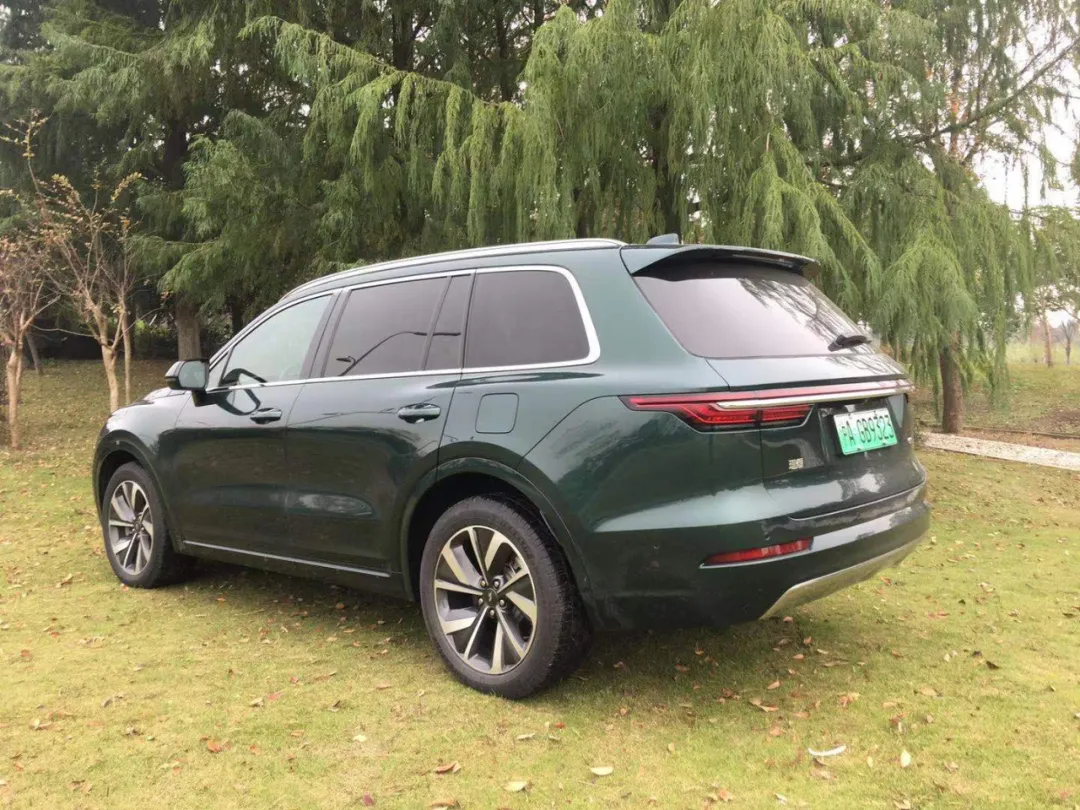Introduction: Why is the Ideal ONE so popular? Is the range extender technology really that bad? Perhaps it’s not that simple.
Today, let’s talk about product logic.
Recently, I test drove the new model of Ideal ONE, covering a total of 422 kilometers, including both urban and highway scenarios.


Overall, Ideal ONE performed exceptionally well, especially in terms of assisted driving, which left a deep impression on me. If I had to give Ideal ONE an overall score, I would give it 90 points.
Positioning
As a former new energy engineer, I have always believed that it is incomplete to comment on a product without discussing its positioning and research and development in the early stages, as the product development largely determines the strength of a car product.
Starting in 2014, the new wave of car makers, a third wave in China, most of the new brands flooded into the pure electric market. Everyone believed that pure electric was the future (at least a predictable future), except for Li Xiang, who chose range extender.
In 2021, even though the single vehicle’s cruising range has exceeded 800 kilometers and is expected to reach 1000 kilometers next year, range anxiety remains the biggest pain point for electric vehicle consumers. The technology for electric vehicles is still not mature, which is not a secret. If this is the case in 2021, what about 2014?
So why did everyone rush into the pure electric market? It’s a bit bewildering, or rather, they were deceived by the brief range subsidies.
Everyone knows the pain point of electric vehicle range, but only three companies have made plans for it. NIO has done battery swapping, Ideal and Tesla have done pure electric and range extender together. Just on this point, it reflects the company’s extremely precious pragmatic spirit, facing the distant future, and not overreaching.
Looking back now, NIO and Ideal performed the best among the new forces. They not only have a certain sales base, but also have breakthroughs in China’s high-end brand area. As for Tesla, I think the biggest problem is the complexity of the corporate mechanism, which leads to poor execution compared to a narrow product definition.
With the research and development empowerment for the core power system, when we look at Ideal ONE compared to its peers’ products, we can immediately feel its outstanding product strength: as a smart electric vehicle, it does not have so-called range anxiety apart from its range extender power system.
Many people are puzzled that Ideal ONE is clearly a range extender hybrid, but why is it called an electric vehicle? In fact, you only need to test drive it and you will understand that apart from the range extender power system, there is no difference in the driving experience, cabin, or intelligent driving between Ideal ONE and the intelligent pure electric vehicle.To talk about the biggest surprise in car sales over the past five years, intelligence should come first. It not only meets consumers’ demands for cutting-edge products but also empowers brands to break into high-end markets. It has opened up a new world of possibilities, especially for new carmakers, who cannot build a car without intelligence.
Without anxiety, Ideal ONE has become a top-selling hybrid model globally, surpassing expectations and forcing us to reflect on how a young, inexperienced person can single-handedly activate range-extending technology and outsmart veterans in the field.
Strength is the best pass. During these test drive days, I conducted a high-speed fuel consumption test for Ideal ONE, which is the most important data to measure the value of this power system. The result was 8.6 liters/100 kilometers.
As for a mid-size 6-seat SUV, I think this data is acceptable and can basically compete with the best hybrid technology on the market. In fact, the actual data is lower than 8.6L/100km because it also generates electricity and increases pure electric mileage.
Using pure electricity for short trips in the city and acceptable fuel consumption for long trips, the power system of Ideal ONE is undoubtedly qualified and competitive. After the launch of Ideal ONE, Voyah, Tianji, ZERUN, and NETA also showed interest in range-extending technology, which has now become very popular.
Execution is key when talking about Ideal, and it’s impossible to ignore the founder Li Xiang. Although he is often ridiculed for his high school education, his legendary life from founding Autohome to Ideal cannot be underestimated in terms of his influence.
Since he founded Ideal, Li Xiang has been known to be very tough. This personality may not be liked by everyone, but you have to admit his professionalism. When it comes to product and technology discussions, perhaps no other new carmaker founder has Li Xiang’s enthusiasm.
More importantly, Li Xiang’s product management traits are deeply imprinted on Ideal ONE. Through the 422 kilometers of test drives over the past few days, I think the cockpit design of Ideal ONE is almost flawless. One hidden hand sorts each function by priority, with the most used accessible and visible.
To put it bluntly, the cockpit design of Ideal ONE is very user-friendly, from hardware layout to software settings, and even dynamic experiences. This reminds us of Autohome, which owes its connection to Li Xiang, showing his unwavering demands for products.# About Ideal ONE
When it comes to driver assistance systems, there are currently two types available: the traditional button style of ACC, and the right-hand paddle style. The former requires several clicks to activate, while the latter only needs one action. From a first-principles perspective, the latter is closer to human nature.
Personally, I also prefer the paddle style, which not only works well, but also shows that automakers can rethink and redefine cabin design from a consumer perspective if they want to claim to be intelligent vehicles.
In terms of cabin design, if Tesla has pursued the ultimate first principles, then Ideal has also retained a lot of humanity while pursuing this principle. Many people have given me positive feedback on the Ideal ONE cabin, and I believe this is the core of the matter.
In terms of the tuning of the driver assistance software, the Ideal ONE’s style is also comfortable, whether it be program stability (some intelligent vehicles exit when faced with a slight situation, such as truck or road surface bumps, including Tesla), lane change speed control, or stable and decisive turn signal operation when changing lanes, etc.
In my experience with so many intelligent electric vehicles, Ideal ONE’s driver assistance system ranks among the top three.
Of course, from the perspective of the whole industry, current driver assistance technology is still improving, including this system of Ideal ONE. It is still an “assistant”, and it still requires the driver to respect it.
Regarding Ideal ONE’s comprehensive product evaluation, its static aspects have a good appearance, and the interior and exterior designs are very mature, not at all like the work of a new brand. In terms of dynamic features, the driver assistance system is good, the cabin is impeccable, and the fuel consumption is acceptable, among other things.
For Shanghai families in limited-license cities like this, who are looking for a smart electric SUV with six seats that can obtain a green license plate, and have no range anxiety, it would be difficult to refuse Ideal ONE.
From this 422-kilometer test drive alone, I think Ideal ONE is a relatively mature product. Compared with the products of other new forces during the same period, Ideal ONE has greater integrity. At the same time, the product thinking and strategic intention reflected by Ideal ONE have made me take a closer look at the company.
Will Ideal achieve the success of Autohome? Li Xiang is only 40 years old this year, so we can look forward to it.
This article is a translation by ChatGPT of a Chinese report from 42HOW. If you have any questions about it, please email bd@42how.com.